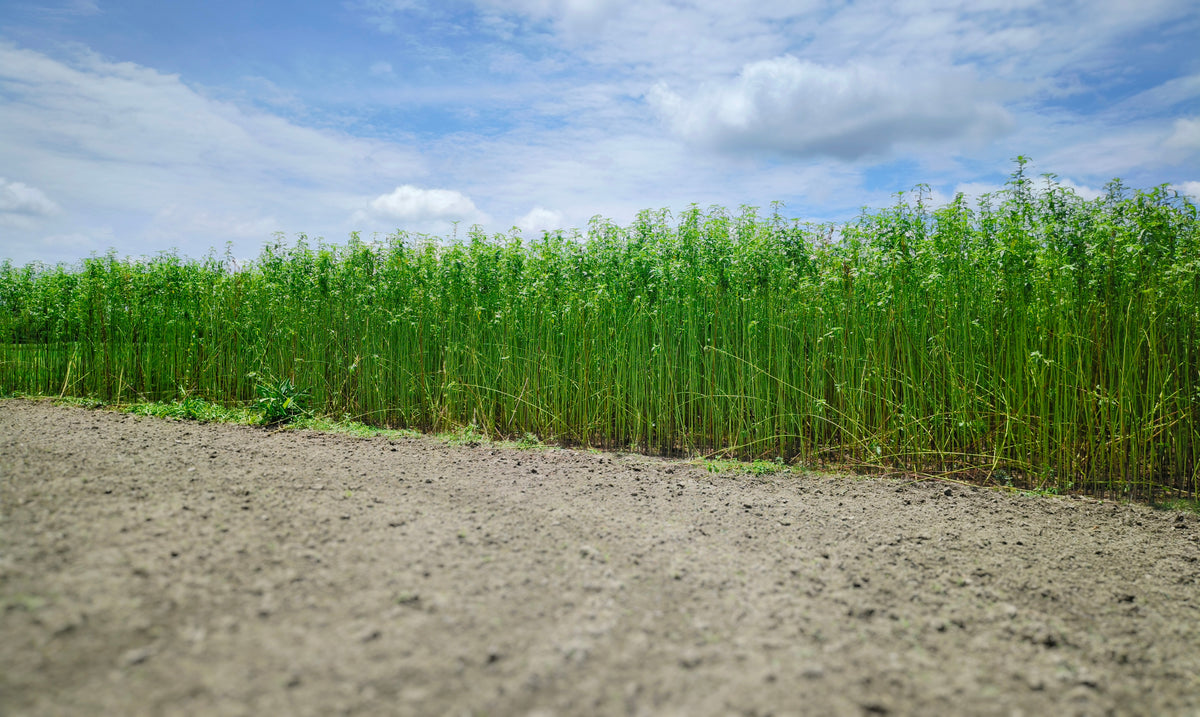The Plastic Plague
In the heart of the 21st century, we find ourselves grappling with a crisis that threatens the very fabric of our planet: plastic pollution. From the depths of our oceans to the peaks of our mountains, plastic waste has infiltrated every corner of our environment, wreaking havoc on ecosystems and endangering countless species. As the world searches for sustainable solutions, one material has emerged as a potential beacon of hope: jute.
The Jute Revival
Jute, a natural fiber from the jute plant, has been used for centuries to make various products, including textiles and packaging materials. With its eco-friendly nature, strength, and versatility, jute offers a promising alternative to plastic.

Sustainable jute fabrics offer a natural alternative to
plastic-based textiles, blending durability and eco-friendliness.

Challenges and Opportunities

Another challenge is the availability of jute. While jute is grown in many parts of the world, its production can be affected by factors such as weather conditions and market demand. To ensure a steady supply of jute, it is important to support sustainable farming practices and promote the development of new jute-producing regions.
Taking Action
To fully realize the potential of jute, we need to take collective action. Here are some ways you can help:

-
Choose Jute Products: Whenever possible, opt for products made from jute, such as bags, rugs, and clothing.
-
Support Sustainable Businesses: Look for businesses that are committed to using sustainable materials like jute.
-
Reduce Plastic Consumption: Make a conscious effort to reduce your overall plastic consumption. This can include avoiding single-use plastic items, recycling, and composting.
- Spread the Word: Educate your friends and family about the benefits of jute and encourage them to make the switch.
A Brighter Future

Jute offers a promising path to a sustainable future, allowing us to coexist with our planet without causing harm. By embracing this natural resource and reducing our dependence on plastic, we can contribute to a fairer and more sustainable world.
Its biodegradability, lower carbon footprint, and reusability make jute an excellent choice for eco-conscious consumers. Switching to jute products is an easy yet impactful step toward reducing plastic waste. This small shift can make a significant difference, contributing to a healthier planet and creating a positive environmental impact.












0 comments